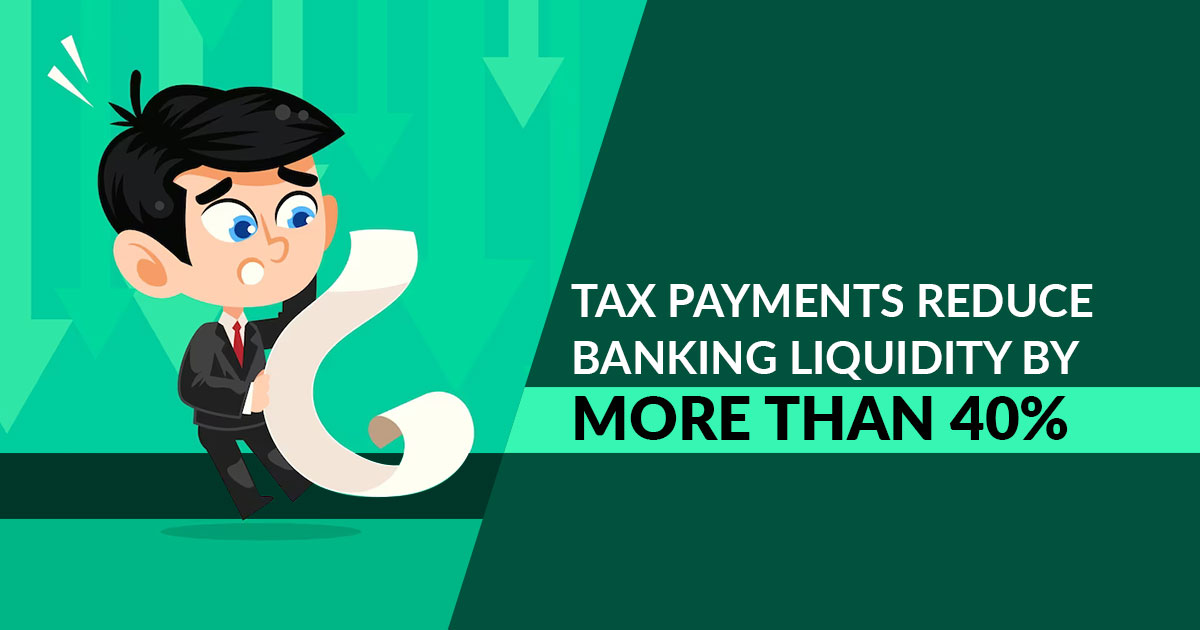
The surplus liquidity in the banking system experienced a significant decline of 42.9 per cent, reaching Rs. 1.04 lakh crore on June 18, down from Rs. 1.82 lakh crore on June 11, primarily due to advance tax payments.
Following the advance tax payment deadline of June 15, the surplus liquidity absorbed by the Reserve Bank of India (RBI) decreased to Rs. 85,479 crores on June 16. Between June 11 and June 15, the RBI absorbed an average daily surplus liquidity of Rs. 1.62 lakh crore from the system. Subsequently, between June 16 and June 18, this figure was further reduced to Rs. 96,393 crore, as reported by the RBI.
Bank of Baroda’s Chief Economist, Madan Sabnavis, explained that the difference between incremental loans and deposits in the banking system determines liquidity. The current decline in surplus liquidity can be attributed to reduced deposits resulting from advance tax payments. He also highlighted that businesses have utilised their deposits to fulfil advance tax obligations.
Read also: 7 Major Banking Services Attract GST in India
Advance tax is mandatory for corporations and individuals expecting to owe at least Rs. 10,000 in taxes for the fiscal year. However, individuals without income from a business or profession are exempt from advance tax payments. The first instalment of advance tax is due on June 15.
According to the latest data from the Finance Ministry, the net direct tax income for the current financial year, as of June 17, witnessed an 11.18 per cent increase, amounting to Rs. 3,79,760 crore. The initial advance tax payments have contributed to this growth. The report indicates that the projected direct tax receipts from corporations, limited liability partnerships (LLPs), and individuals for the April-June quarter rose by 13.7 per cent to Rs. 1,16,776 crore. Of this, corporation tax amounted to Rs. 92,784 crore, and personal income tax accounted for Rs. 23,991 crore. On June 4, the net surplus cash in the banking system reached a recent peak of Rs. 2.6 lakh crore due to the deposit of Rs. 2,000 notes, which had been demonetized on May 19. However, these notes are still accepted as legal tender.
To absorb the excess funds, the RBI utilised the standing deposit facility (SDF) and reverse repo windows, causing the excess liquidity in the system to decline to Rs. 1.58 lakh crore on June 15 from its previous high. The SDF was introduced by the RBI in April 2022 as an additional tool to absorb liquidity from the system without any collateral.
Experts predict that the surplus liquidity situation will remain volatile throughout the end of the month due to GST payments.









